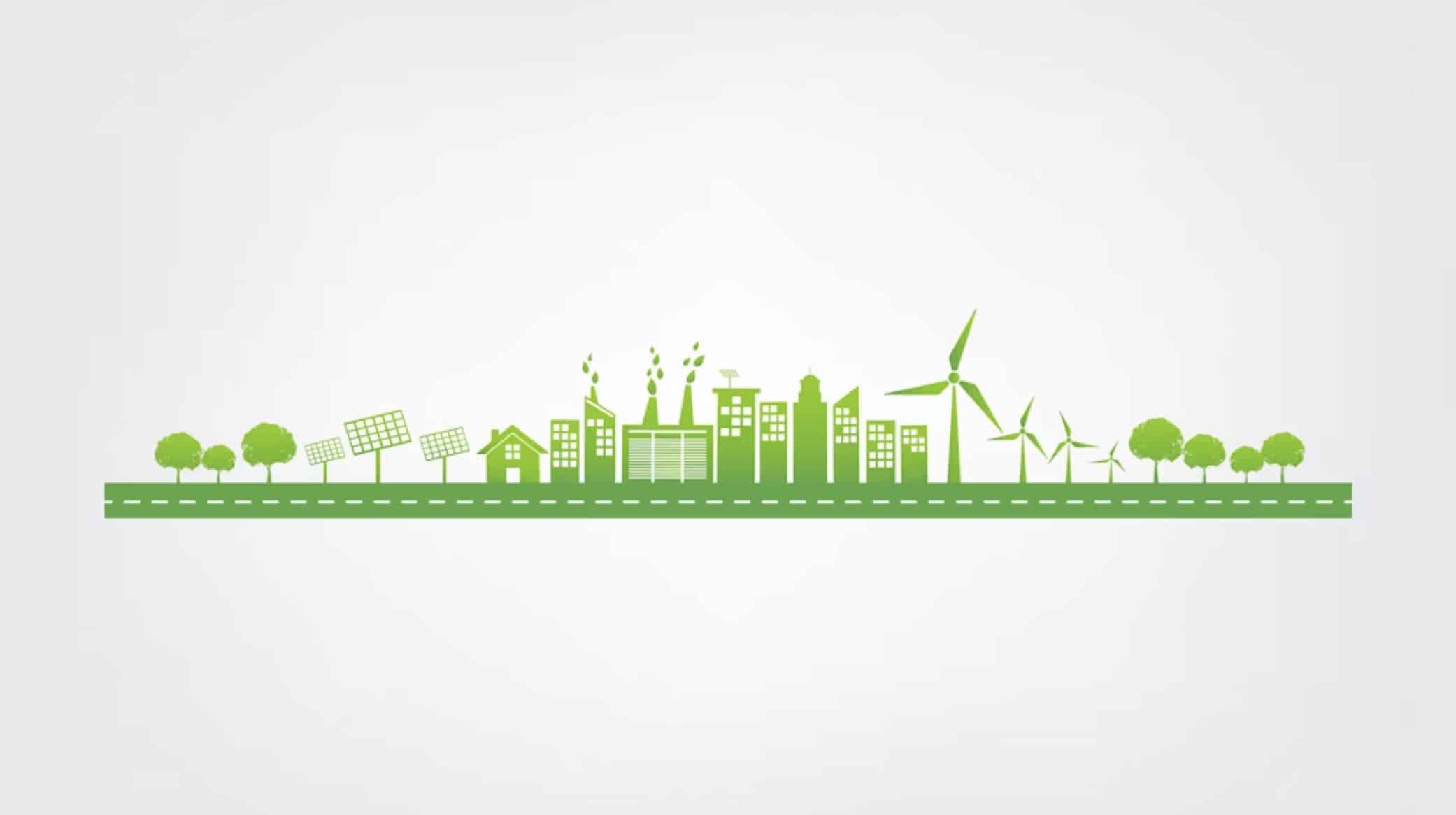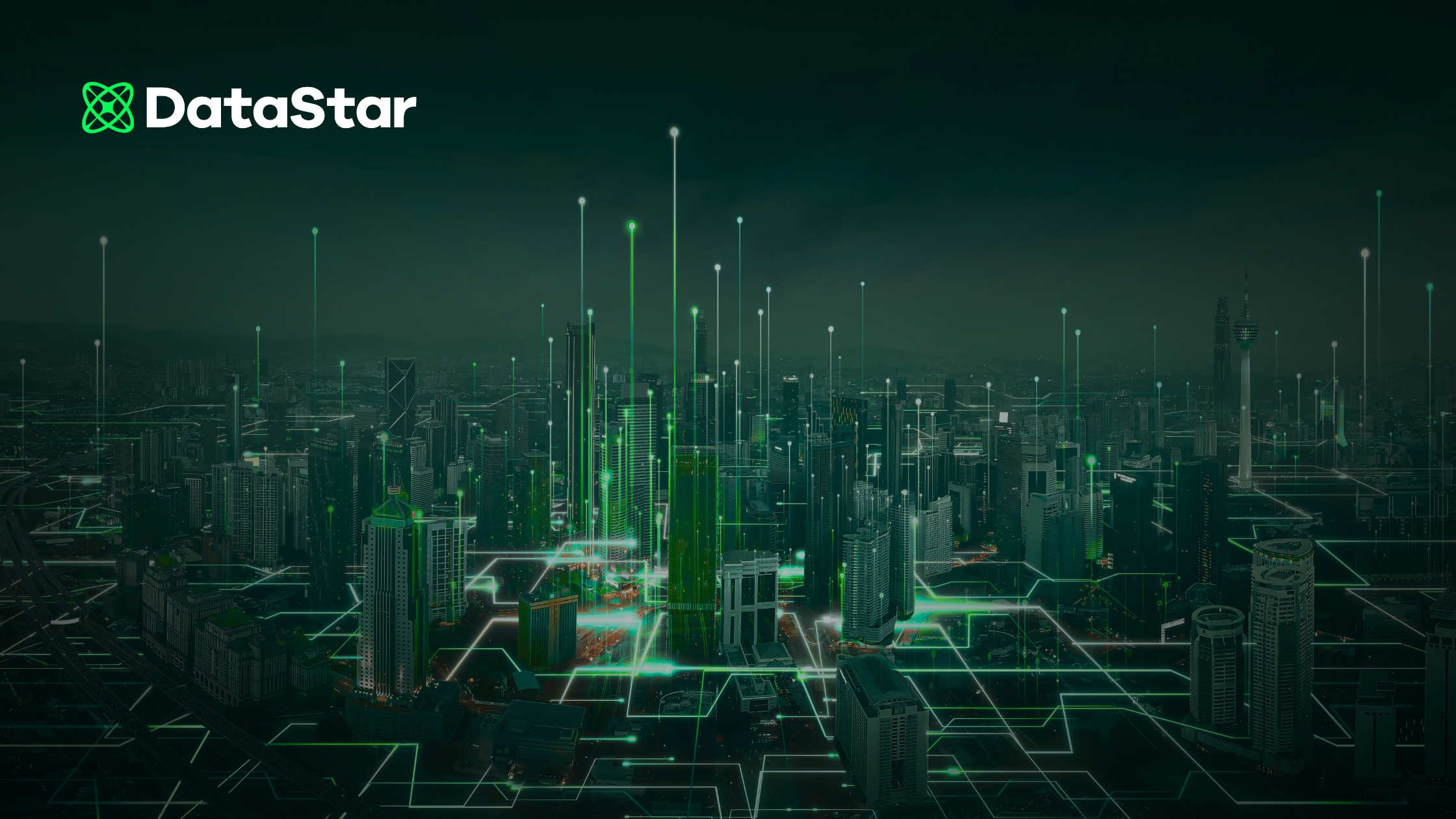
Taking a truly proactive approach to supply chain design that enables sustainability and profitability is easier today than ever before thanks to solutions that can model sustainability risk factors and evaluate. Gain insights from Optilogic's VP Business Development, John Ames Jr.
Published by
Published on
September 3, 2024





By John Ames, Jr., vice president business development, OptilogicThis post originally appeared in Supply & Demand Chain ExecutiveIn today's business world, sustainability is more than a buzzword. It's a business necessity. Thriving in the 21st century requires a sustainable approach to supply chain design, and understanding—and addressing—greenhouse gas emissions within your supply chain is not only vital for the environment but is also a strategic business imperative.Historically, companies have made supply chain design decisions based strictly on service and cost. This meant they were primarily focusing on how the company ships, where it produces, its desired service goals, its distribution, and its profit and cost goals.Today, however, the scope of supply chain design considers financials, risk, service, and sustainability metrics. This means the modern approach to making supply chain decisions can also consider scope 1-3 CO2 emissions, water usage, power sources, recycling flows and landfill impact, and fair-trade certified sources, etc. As a result, a growing number of supply chain leaders are starting to quantify their sustainability metrics when making important supply chain design decisions.
Supply chain design is the process of creating digital models of your future-state supply chain to accurately predict the performance of each design in terms of service, financials, and risk. Designing and redesigning the supply chain requires deciding what’s most important: the designer must weigh the trade-offs across financials, service, risk, and sustainability and decide which design will best support the enterprise’s long-term objectives.The World Economic Forum identified three primary challenges that are impacting today’s supply chain emission reductions, in a recent survey: A lack of standardization, a lack of scaled solutions, and competing organizational objectives. Because there isn’t an overarching standard for reporting emissions yet—although many organizations are still required to report them in various ways—it can be challenging to compare and contrast carbon emission rates. Also, legacy technology simply can’t keep up with the rate at which most large organizations want to scale; because these antiquated solutions don’t deliver a truly scalable framework, they are often limited in their ability to consider significant impacts when it comes to environmental sustainability. Finally, it can be difficult, if not impossible, to sell the need to invest in sustainable supply chain design to many stakeholders who are not actively involved in the organization’s supply chain or up to speed on these issues.While many companies are up against these challenges, the good news is that tackling sustainability in any supply chain through modeling doesn’t actually require a massive investment of time or money.
Here are four reasons why companies need to consider sustainability metrics when modeling future supply chains.
There are five key elements to take into consideration when designing a sustainable supply chain:
Adopting a proactive approach to supply chain design that fosters both sustainability and profitability is more achievable than ever, thanks to advanced solutions that can model sustainability risk factors and assess the long-term environmental and financial impacts of different supply chain decisions. By evaluating sourcing and manufacturing options, according to numerous risk factors like economic resiliency risk as well as natural- and climate-related risk, companies can better understand how risky their supply chain is, across a number of metrics, and develop a plan to minimize the risk of each point of pain—or volatility.Doing so frequently presents companies with insights that may also prompt them to reconsider their decisions when it comes to supplier choices, distribution locations, transportation details, natural disaster risks and recycling and re-use processes. Read the Full Article in Supply & Demand Chain Executive
By John Ames, Jr., vice president business development, OptilogicThis post originally appeared in Supply & Demand Chain ExecutiveIn today's business world, sustainability is more than a buzzword. It's a business necessity. Thriving in the 21st century requires a sustainable approach to supply chain design, and understanding—and addressing—greenhouse gas emissions within your supply chain is not only vital for the environment but is also a strategic business imperative.Historically, companies have made supply chain design decisions based strictly on service and cost. This meant they were primarily focusing on how the company ships, where it produces, its desired service goals, its distribution, and its profit and cost goals.Today, however, the scope of supply chain design considers financials, risk, service, and sustainability metrics. This means the modern approach to making supply chain decisions can also consider scope 1-3 CO2 emissions, water usage, power sources, recycling flows and landfill impact, and fair-trade certified sources, etc. As a result, a growing number of supply chain leaders are starting to quantify their sustainability metrics when making important supply chain design decisions.
Supply chain design is the process of creating digital models of your future-state supply chain to accurately predict the performance of each design in terms of service, financials, and risk. Designing and redesigning the supply chain requires deciding what’s most important: the designer must weigh the trade-offs across financials, service, risk, and sustainability and decide which design will best support the enterprise’s long-term objectives.The World Economic Forum identified three primary challenges that are impacting today’s supply chain emission reductions, in a recent survey: A lack of standardization, a lack of scaled solutions, and competing organizational objectives. Because there isn’t an overarching standard for reporting emissions yet—although many organizations are still required to report them in various ways—it can be challenging to compare and contrast carbon emission rates. Also, legacy technology simply can’t keep up with the rate at which most large organizations want to scale; because these antiquated solutions don’t deliver a truly scalable framework, they are often limited in their ability to consider significant impacts when it comes to environmental sustainability. Finally, it can be difficult, if not impossible, to sell the need to invest in sustainable supply chain design to many stakeholders who are not actively involved in the organization’s supply chain or up to speed on these issues.While many companies are up against these challenges, the good news is that tackling sustainability in any supply chain through modeling doesn’t actually require a massive investment of time or money.
Here are four reasons why companies need to consider sustainability metrics when modeling future supply chains.
There are five key elements to take into consideration when designing a sustainable supply chain:
Adopting a proactive approach to supply chain design that fosters both sustainability and profitability is more achievable than ever, thanks to advanced solutions that can model sustainability risk factors and assess the long-term environmental and financial impacts of different supply chain decisions. By evaluating sourcing and manufacturing options, according to numerous risk factors like economic resiliency risk as well as natural- and climate-related risk, companies can better understand how risky their supply chain is, across a number of metrics, and develop a plan to minimize the risk of each point of pain—or volatility.Doing so frequently presents companies with insights that may also prompt them to reconsider their decisions when it comes to supplier choices, distribution locations, transportation details, natural disaster risks and recycling and re-use processes. Read the Full Article in Supply & Demand Chain Executive
Fill out the form to unlock the full content

.png)

.png)
